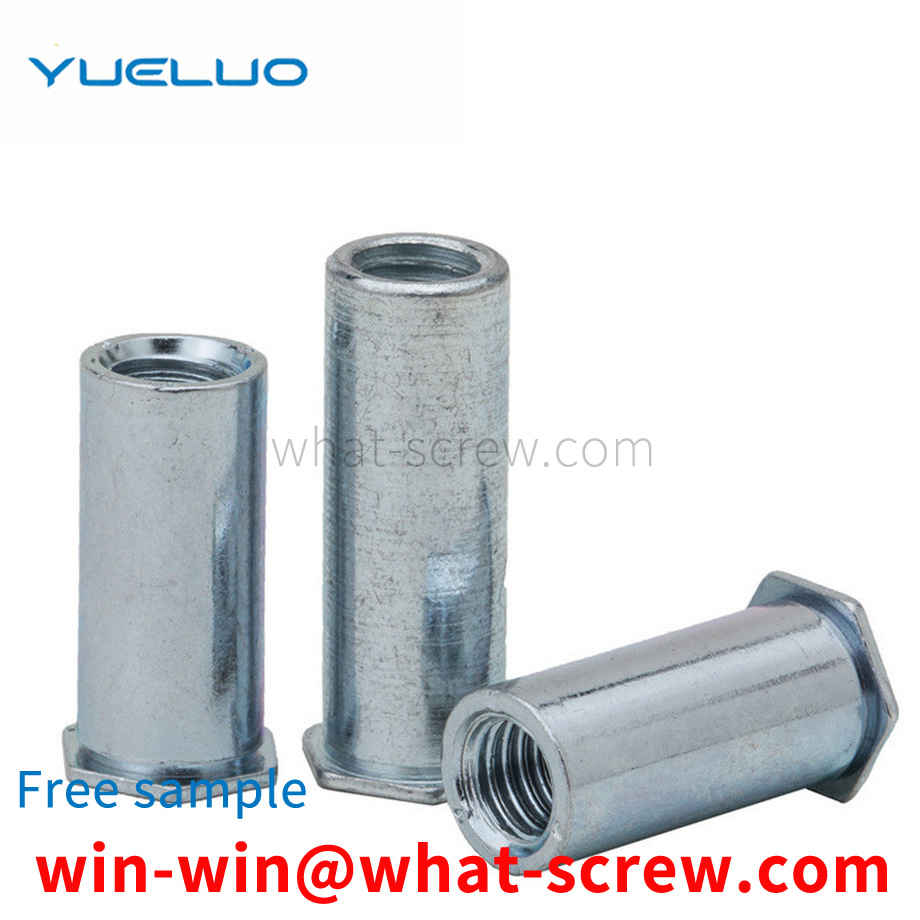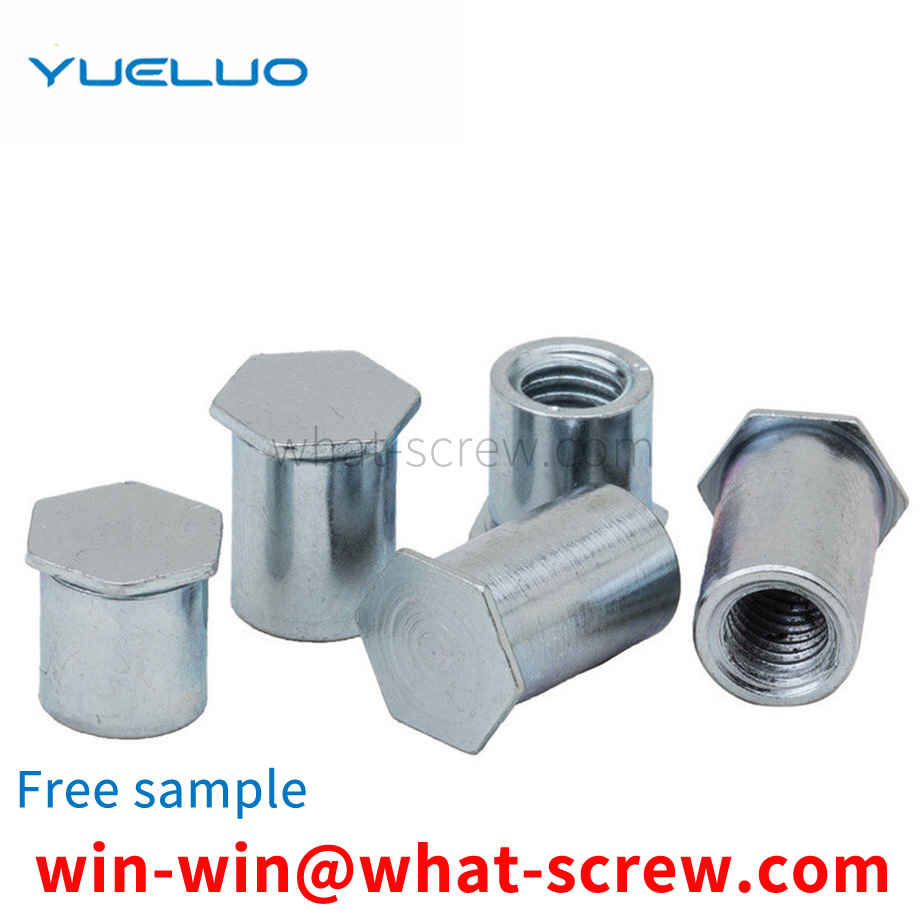The core rivet is a new type of riveting fastener that is very convenient for riveting. It can show its unique advantages in a relatively small space or in an environment where there is no rivet gun or a rivet gun cannot be used. Two or more connected parts can be riveted successfully by hitting the mandrel on one side with a hammer or other utensils. Core rivets can be divided into oblate head core rivets and countersunk head core rivets according to the shape of the brim of the nail cap. According to different material combinations, they can be divided into all aluminum core rivets, aluminum steel core rivets, and all stainless steel core rivets. Rivets, steel rivets, aluminum stainless steel rivets, plastic rivets, etc. Core rivets do not have to be riveted with manual riveting guns or pneumatic riveting guns like blind rivets. They have better riveting and convenience, and can be widely used in the riveting of various connected parts.
The manual dismantling of the rivets of the automobile frame delays the production cycle of the product and increases various production costs, so a special tooling is desperately needed to meet the actual needs.
Rivets are widely used in the fixing of product components, and the process of inserting rivets into products is currently mostly done by manpower. However, relying on manpower to insert rivets has low automation and low efficiency, which is not conducive to large-scale Production.
In terms of inner hexagon, there are two versions of the national standard, one is GB70-76, the 76-year version, and the other is GB70-85, the 85-year version, most of which implement the DIN912 standard, so you should pay attention to the difference in actual business operations: GB70 -85 completely coincides with DIN912, so there is no difference in the use of the new standard, mainly the difference between GB70-76 and DIN912: for M8 series hexagonal products, the diameter of the round head of GB70-76 is 12.5MM, It is smaller than 13.27MM of DIN912. For M10 series inner hexagon products, the round head diameter of GB70-76 is 15MM, which is smaller than 16.27 of DIN912. For M12 series inner hexagon, the round head diameter of GB70-76 is 18MM. It is smaller than the opposite side 18.27 of DIN912, and the round head diameter of the inner hexagon GB70-76 of M16 and M20 series is 0.33MM smaller than that of DIN912, which are 24MM and 30MM respectively. DIN912 is 24.33MM and 30.33MM respectively. In addition, the width of the inner hexagon between the old standard and the German standard is different due to different standards. The inner side of GB70-76 is smaller, and it should be paid attention to in business operations.
Screws and nuts, as the most commonly used fastening devices, have the defect that they may loosen and fall off, especially those in a long-term vibrating environment are more likely to loosen and fall off. Additional anti-off parts such as anti-off washers and anti-off caps are added, so that an extra anti-off part is used in the fastening process, and these anti-off parts are sometimes difficult to find when they are not always needed and are inconvenient to use.
We have many years of experience in the production and sales of screws, nuts, flat washers, etc. The main products are: flat washers for pin shafts, full-thread screw rods, GB5780 national standard full-tooth screws, blue and white large countersunk head vertical grain rivets Nuts and other products, we can provide you with a fastener solution that suits you.



















 Service Hotline
Service Hotline




